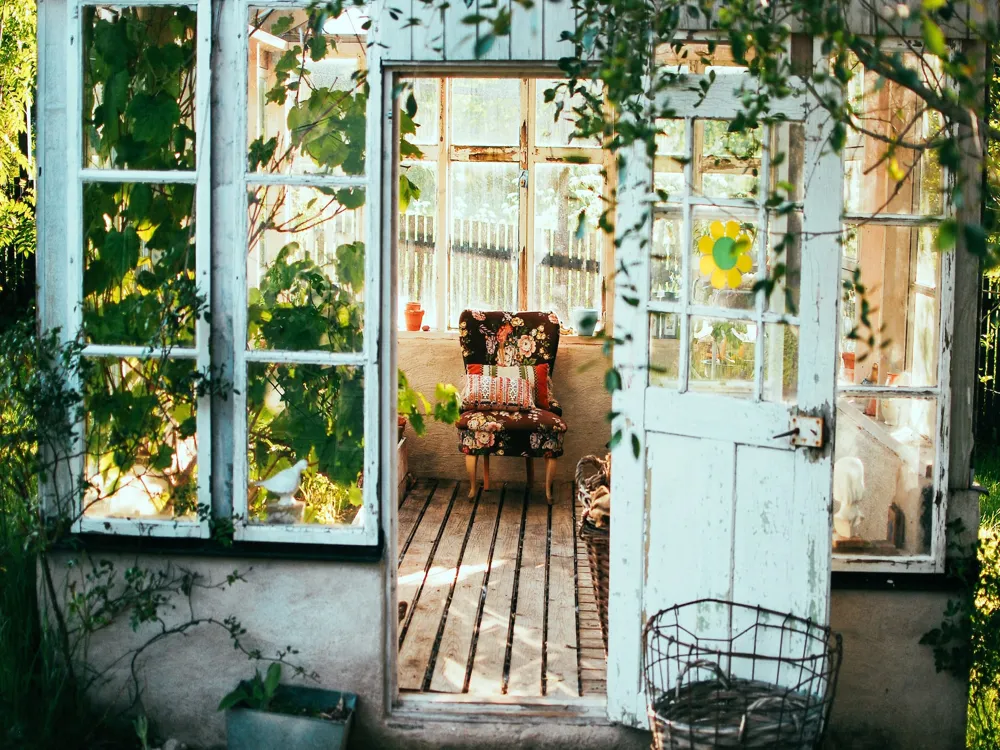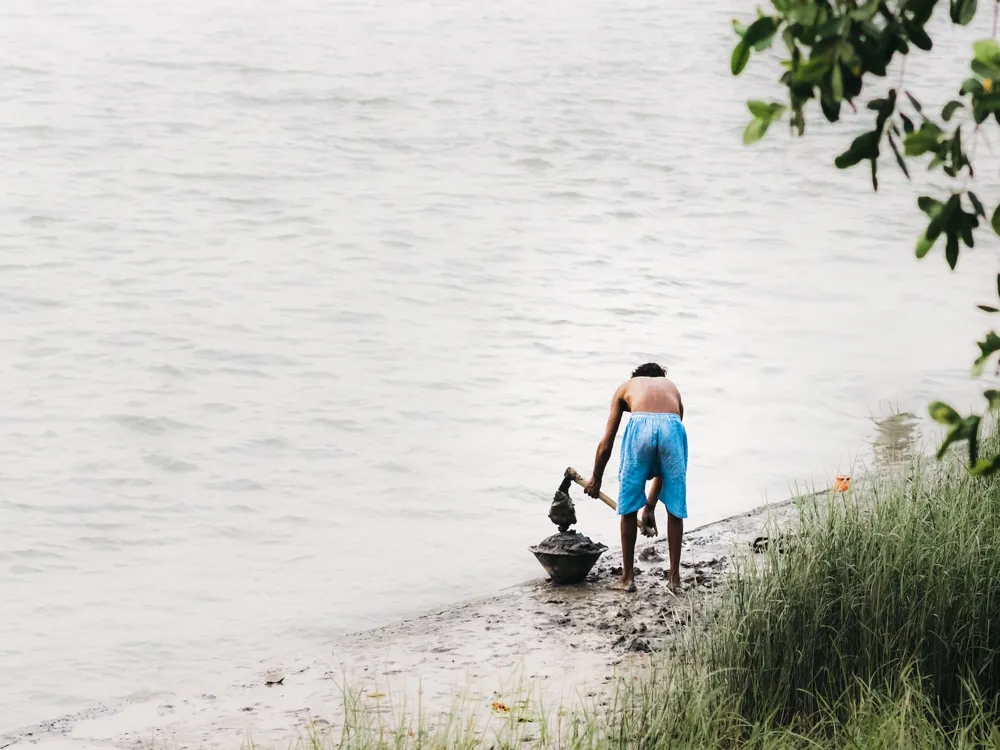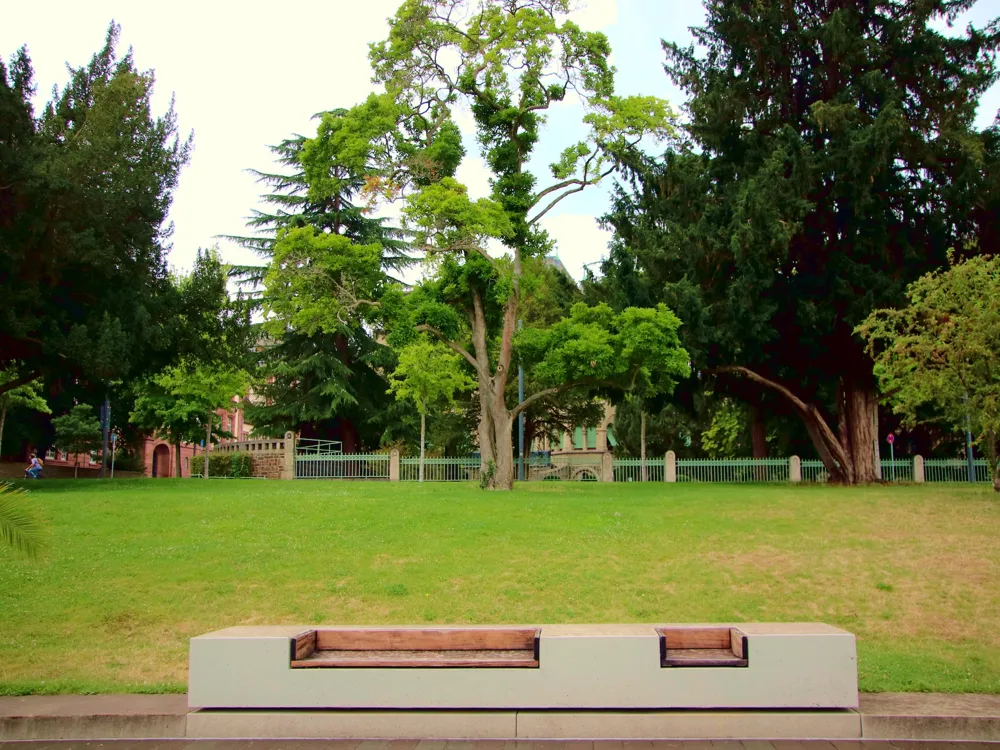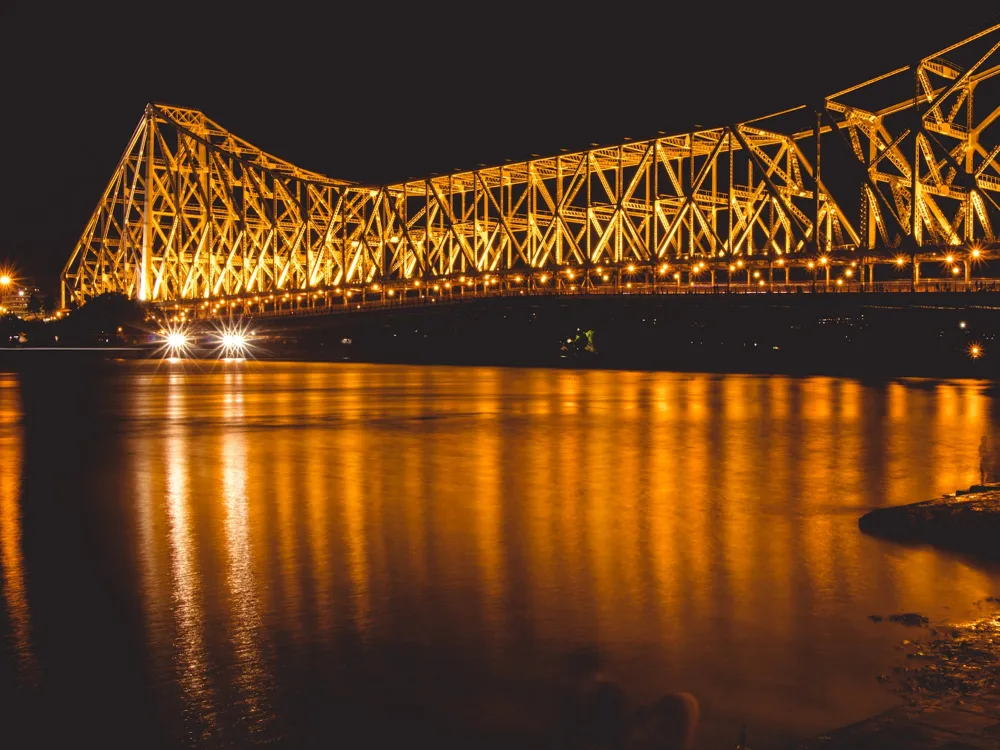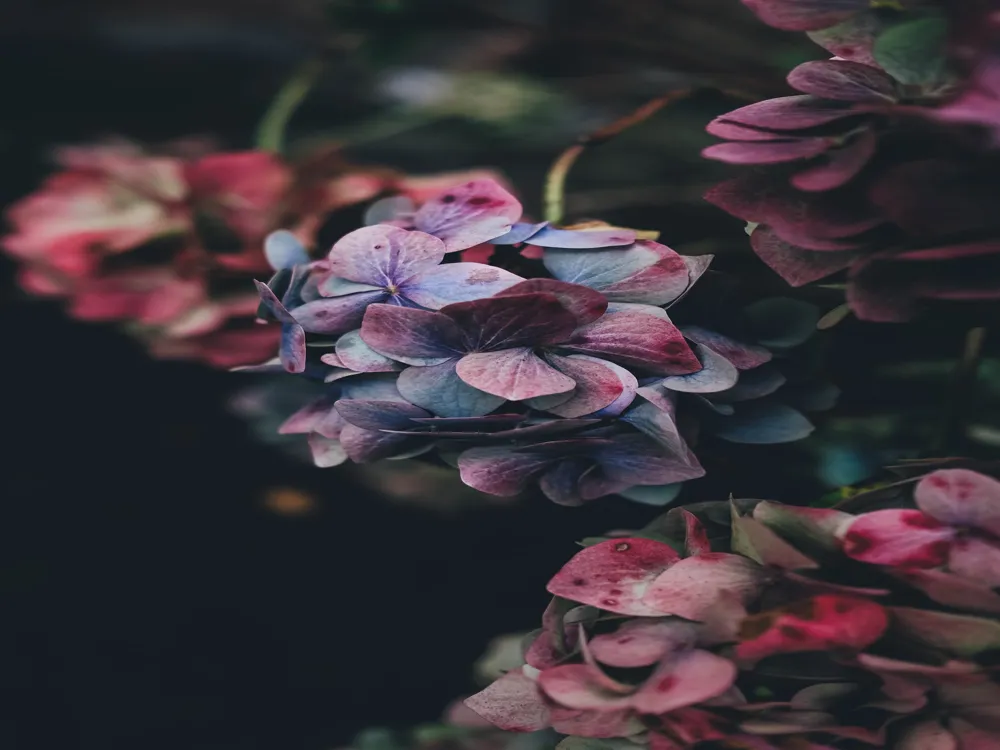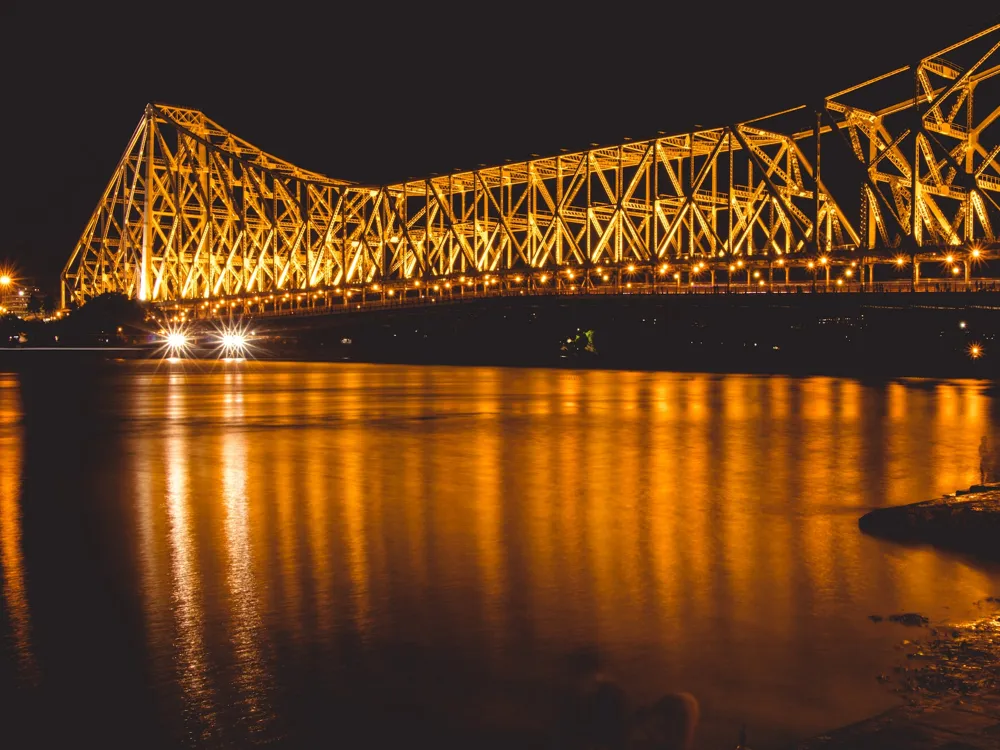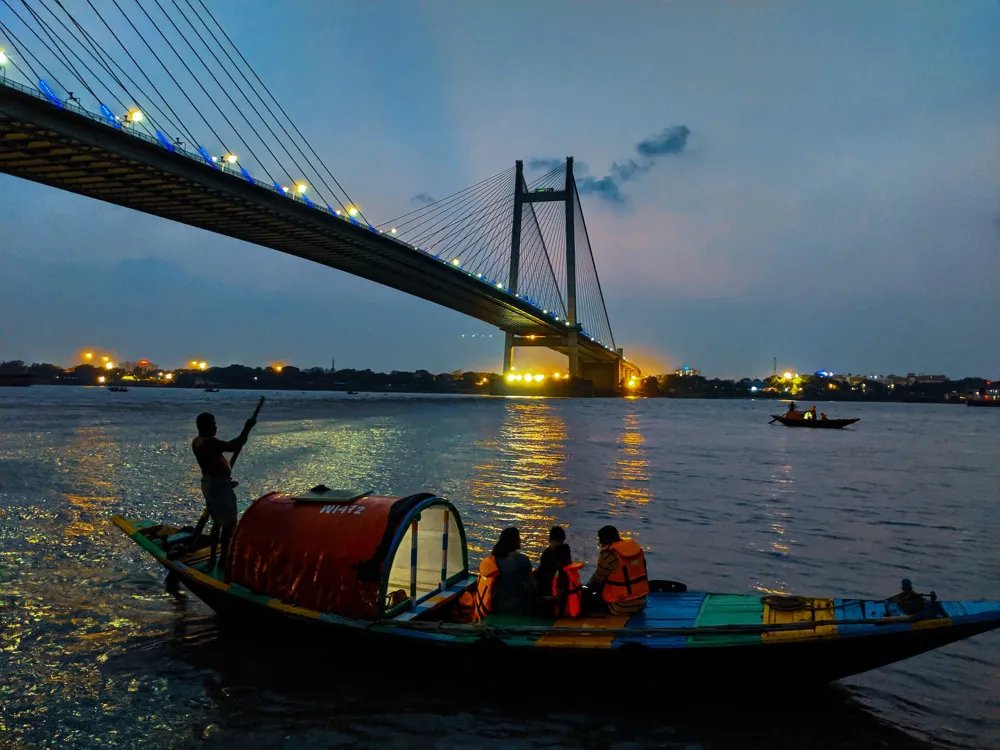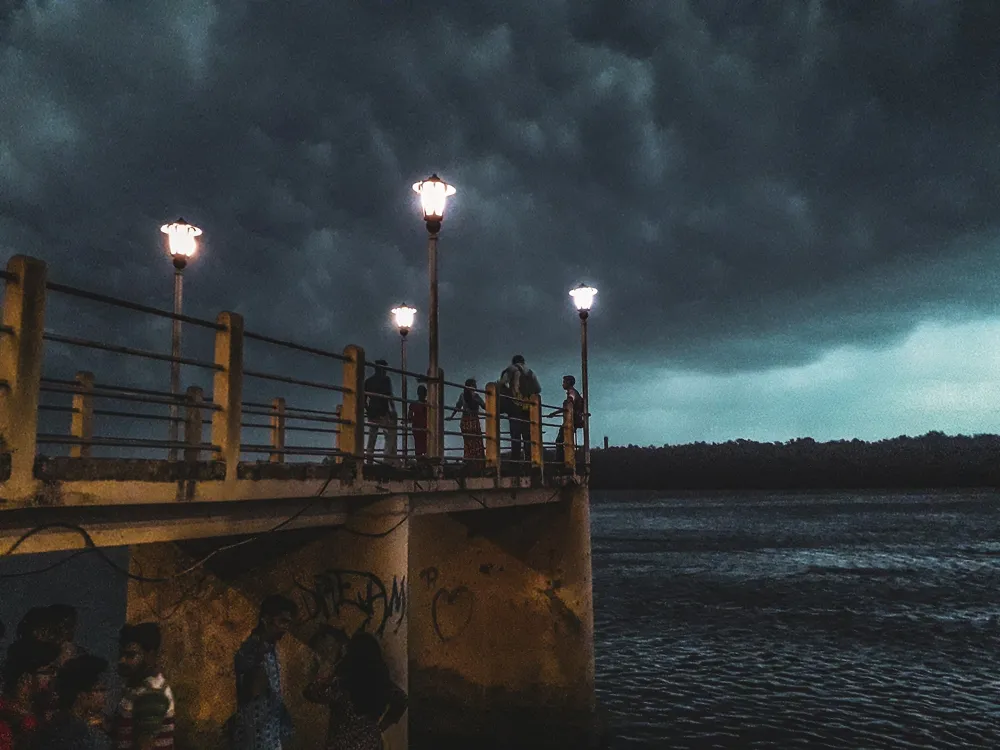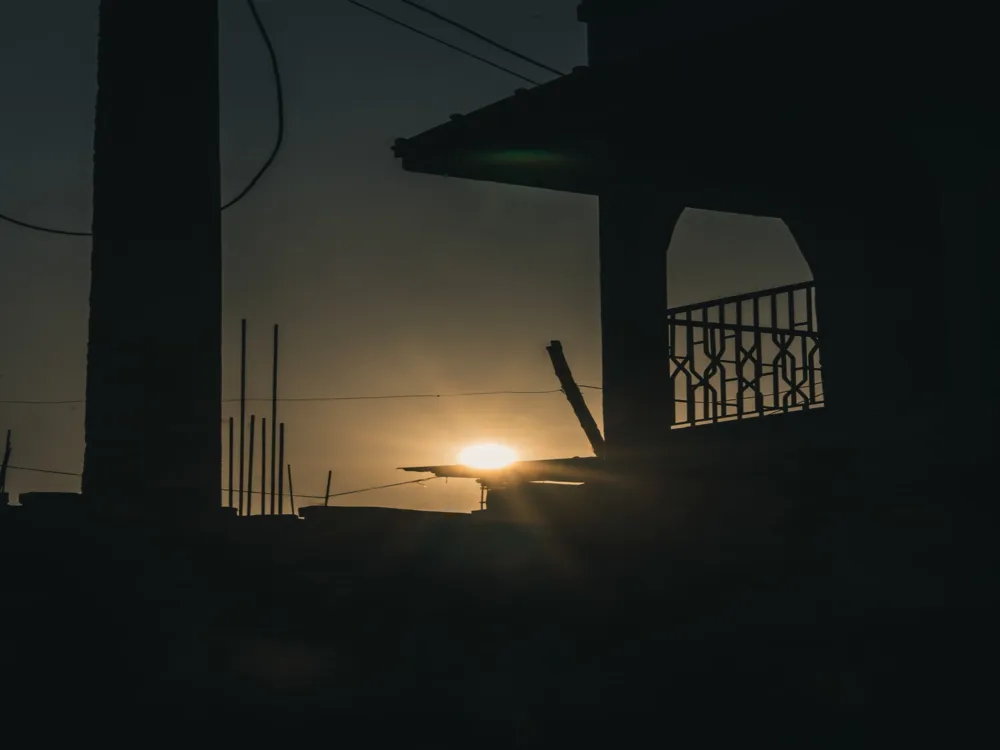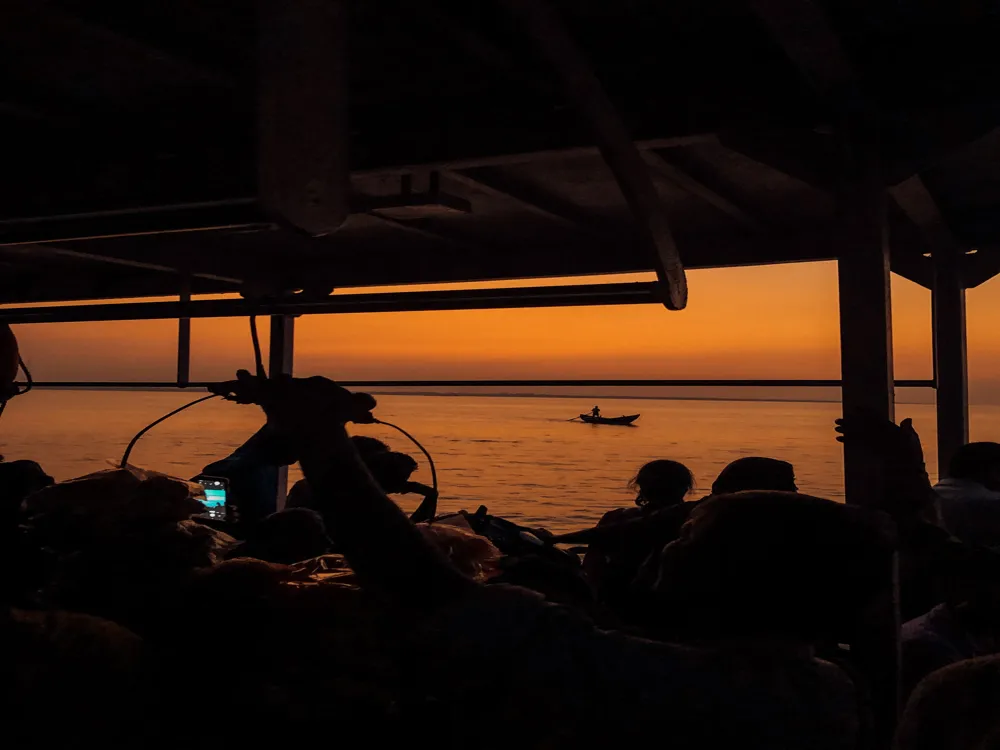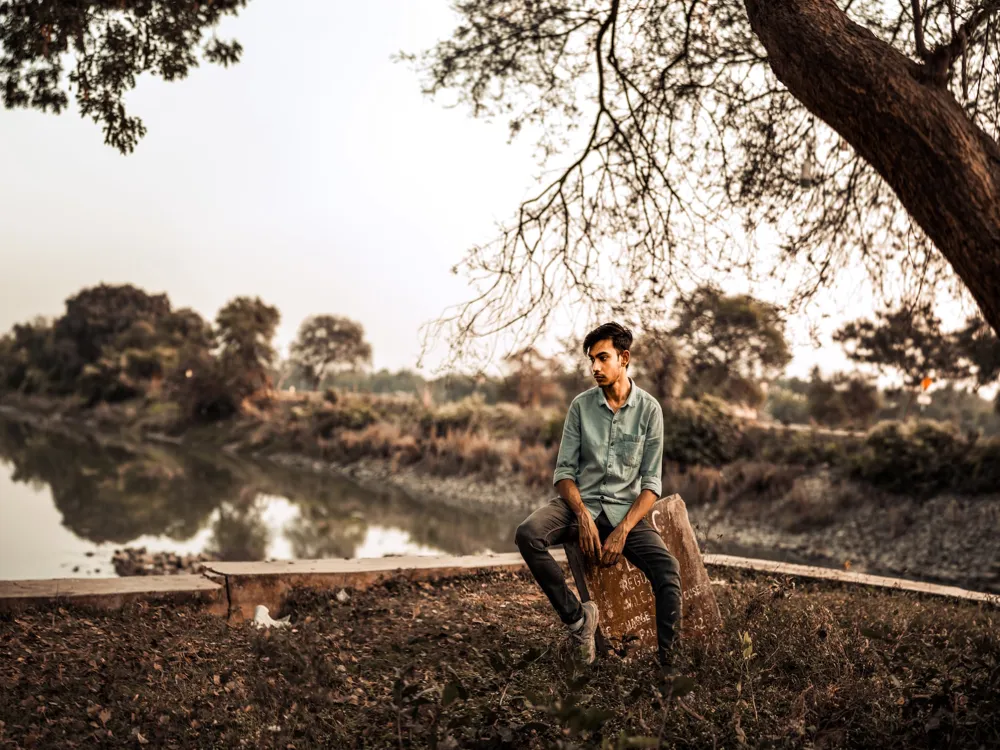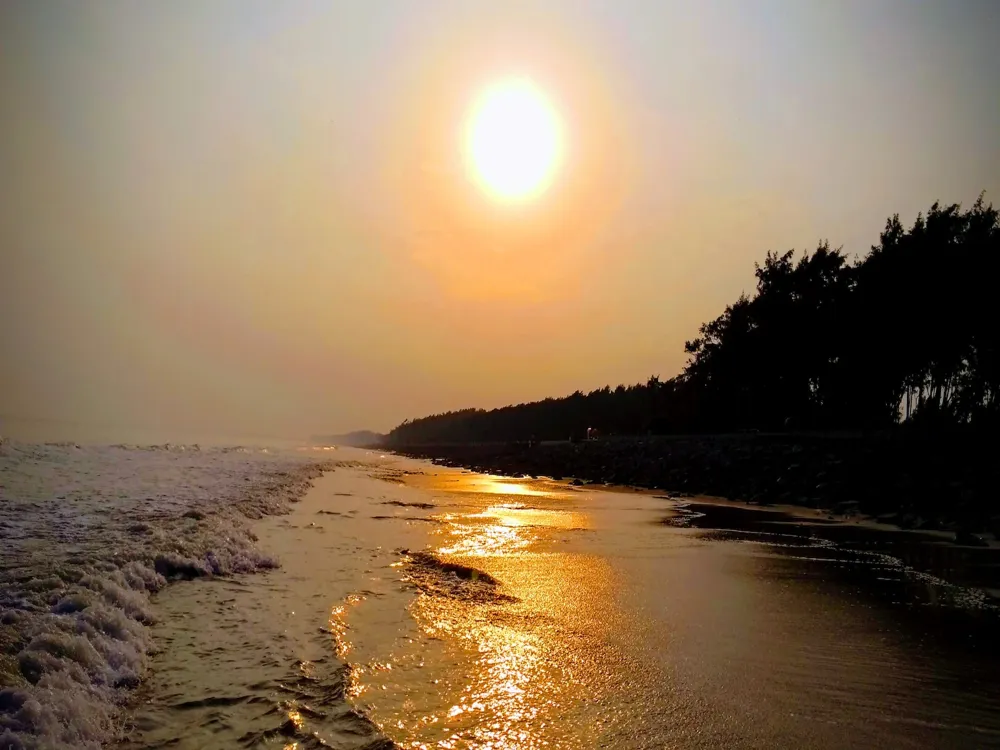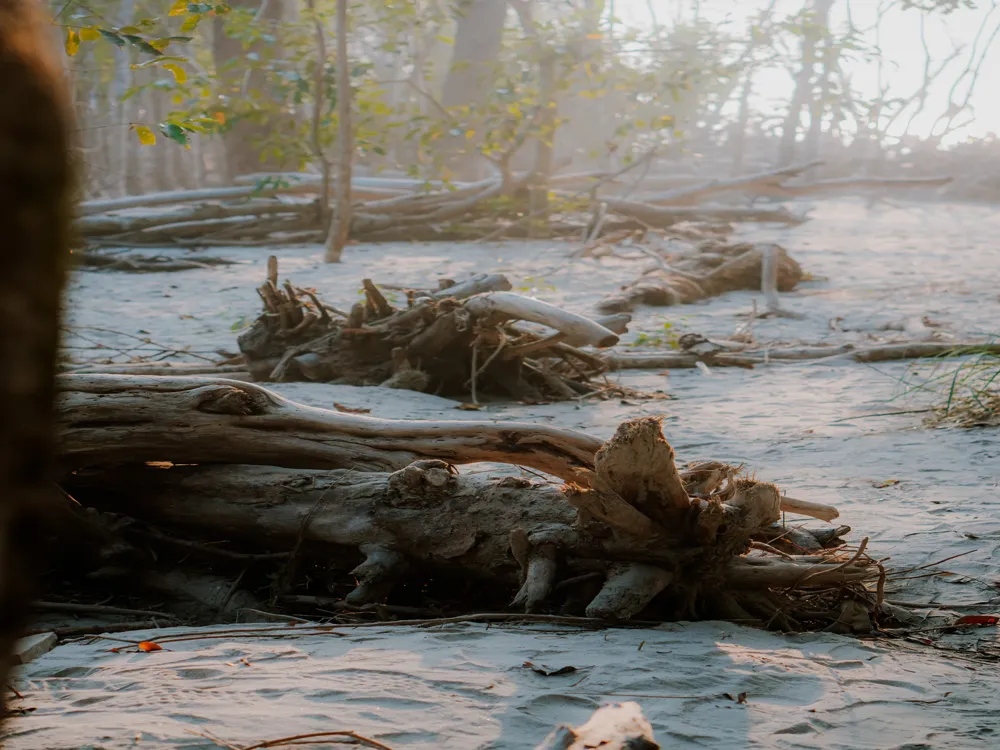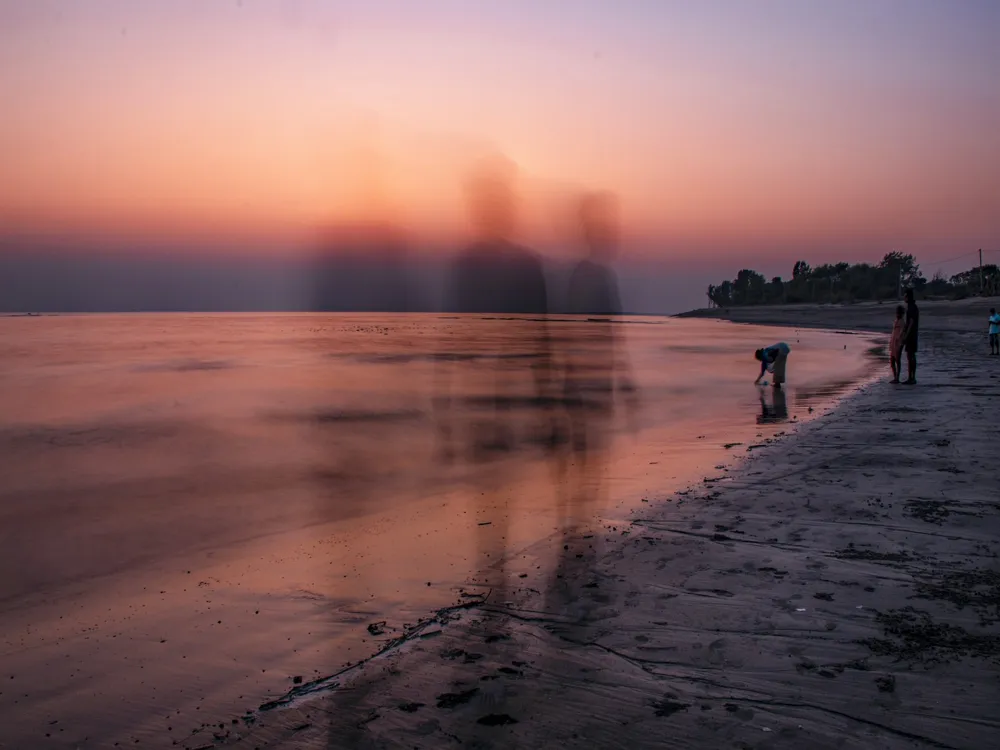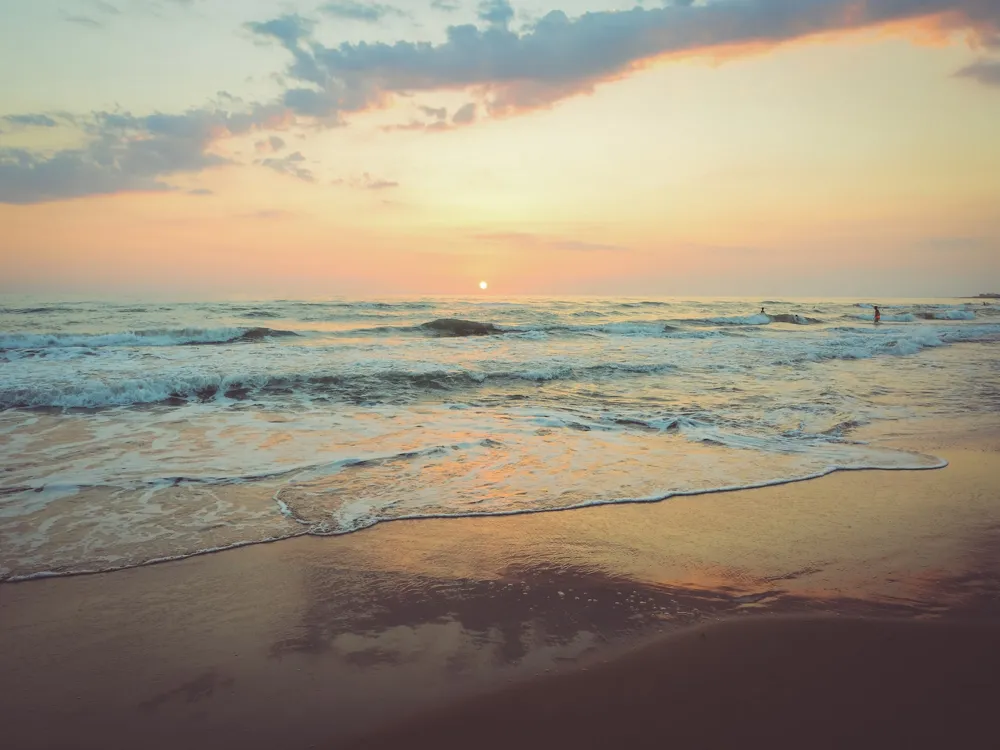Babughat, located in Howrah, West Bengal, is a historical and cultural landmark. Known for its scenic beauty and architectural significance, it attracts tourists and locals alike. Situated on the banks of the Hooghly River, Babughat offers a picturesque view of the river and is a popular spot for leisurely strolls and witnessing the mesmerizing sunsets. The architecture of Babughat is a fine example of colonial influence in India. The ghat features a combination of traditional Indian and colonial design elements. Its intricate stonework and elaborate pillars reflect the artistic and architectural skills of the era. The ghat's grand staircase leading down to the river adds to its majestic appearance. Early morning or late afternoon is ideal for visiting Babughat to avoid the midday heat and enjoy the serene environment. Visitors should respect the local customs and practices, especially since the ghat is a place of religious significance for many. While Babughat is generally safe, it's advisable to keep an eye on personal belongings and avoid isolated areas after dark. For photographers, the ghat offers a splendid backdrop, especially during sunrise and sunset. Be mindful of people's privacy when taking photos. Babughat is easily accessible by various modes of transportation. Visitors can reach the ghat by local buses, taxis, or trains. The nearest railway station is Howrah, which is well-connected to different parts of the city. For a more scenic route, one can opt for a ferry ride across the Hooghly River, offering a unique perspective of the ghat and its surroundings. READ MORE:Overview of Babughat, Howrah, West Bengal
Architecture of Babughat
Tips When Visiting Babughat
Best Time to Visit
Local Etiquette
Safety Precautions
Photography Tips
How to Reach Babughat
Babughat
Howrah
West Bengal
NaN onwards
View howrah Packages
Howrah Travel Packages
View All Packages For Howrah
Top Hotel Collections for Howrah

Private Pool

Luxury Hotels

5-Star Hotels

Pet Friendly
Top Hotels Near Howrah
Other Top Ranking Places In Howrah
View All Places To Visit In howrah
View howrah Packages
Howrah Travel Packages
View All Packages For Howrah
Top Hotel Collections for Howrah

Private Pool

Luxury Hotels

5-Star Hotels

Pet Friendly







